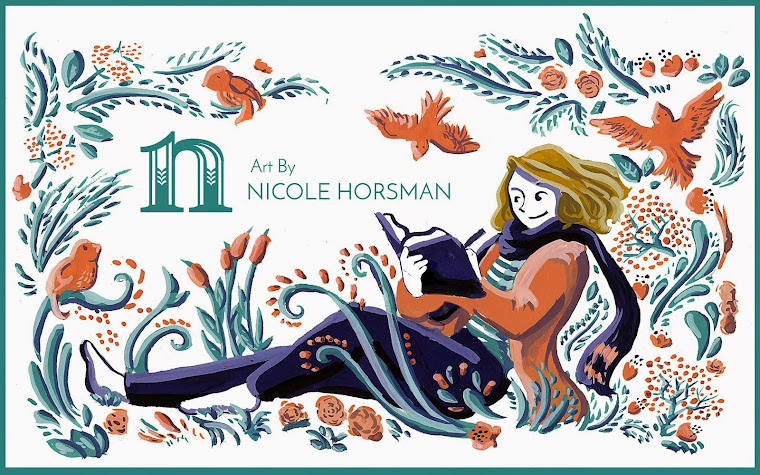Get Ready for a great art event coming your way. Open Studio Hartford kicks off this week and runs for most of November!
Come and hang out this Thursday night at ArtSpace in Hartford for the Open Studios Hartford Kick-Off Party from 6-8pm. Come see the work of yours truly and over 200 other artists from the area.
Open Studio Weekend is the 14th and 15th of November from 11 to 5 where you can see artists while they work in studio. There is a shuttle that can take you all around Hartford to all of the stops. I will be at the Trinity College studios along with the one of the Trinity 5th Year Fellows and three other amazing local artists. Come on by and ask questions or just chat!





























